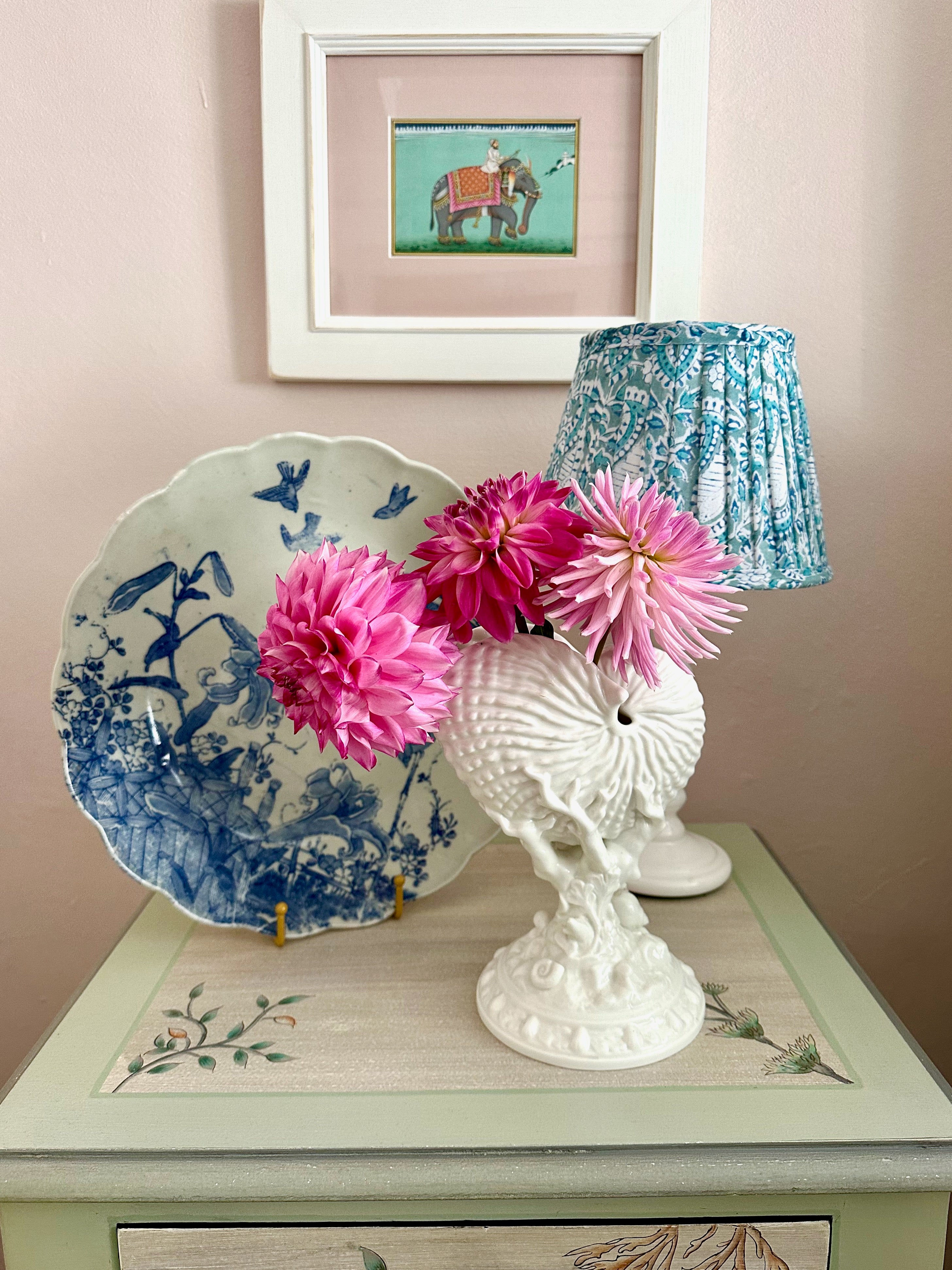
The Principles of Arranging Objects - Making Arrangements with Style and Confidence
You might think that it’s hard to create an arrangement or a shelfie that looks like it’s come from a magazine, or think that you need training to make your creation to look like something a stylist would put together, but we’re here to help! We’ve tried to put some important design principles into simple terms, and given you some visual references, so that you too, can create a great arrangement.
The Power of The Pyramid
Embracing the pyramid principle is a foundational step for many design arrangements—it truly is an essential key to thoughtful design. Once you grasp this concept, you will start noticing its application in all sorts of places including pictures on social media, magazine spreads, retail store fronts and beyond.
To effectively use the pyramid strategy, you should choose one tall item, one of medium-height and another that's short. Start by positioning the tall object at the rear and cluster the remaining pieces around it. There's no hard rule stating that the tallest item should be placed centrally, so feel free to experiment with various placements until you achieve a satisfactory visual balance. It's also possible to curate multiple pyramid structures within a single space. The following images and included diagram should provide some helpful inspiration for your design expeditions!

Hopefully these photos will help - can you spot the pyramids?


Layering: The Art of Depth and Interest
Layering, a popular term in visual display, refers to the practice of creating varied depths instead of aligning everything in a row. This technique infuses your arrangement with a distinctive sense of interest. Don't hesitate to layer objects by exploring intersections and stackings. This technique adds depth and complexity to your arrangement, transforming it from a mere assortment of items into a story waiting to be told.
I used a couple of books to lift the tulipiere filled with dahlias. This simple trick adds height, colour, and makes the arrangement more intriguing. Instead of just aligning the items, they're arranged at varying depths with some overlap, making the setup more interesting.
Repetition & Symmetry
Repetition works like a charm when it comes to creating unity and coherence. Group similar items – be it vases, collectibles, or any other pieces. Echoing colours, shapes, and patterns throughout your arrangement help stitch individual pieces into a cohesive visual melody.
It could be something as simple as the two jugs I've put at either end of my shelf in the photo below.

Maybe you have a collection of ceramics in similar colours. Look at this great arrangement of cream vases with blue and white plates. It's easy on the eye and shows how powerful repetition is.
 Photo by Aimee Mazzenga
Photo by Aimee Mazzenga
In the photos above, you can see that the Pyramid and Layering principles are at work. [ on my shelf it's only the Pyramid ] On narrow shelves or mantelpieces, layering might not be doable, so the Pyramid setup becomes even more crucial, along with repetition. Remember, repetition can involve colour, shape, or pattern.
Take a look at the arrangement I made on the top of my bookcase; it has the same width throughout so I couldn't layer things. To make it interesting, I played with a mix of colours. Blue and white are the main themes, with the green from the hydrangeas and plant adding a fresh touch, and a splash of burgundy from the aramanthus. Throwing in an unexpected third colour really adds some extra oomph!

Embrace the Power of Odd Numbers
Believe it or not, odd numbers are your best friend when it comes to arranging objects. Why? Because humans have a thing for patterns. Odd-numbered groupings, whether it's flowers, décor items, or artwork, create a sense of balance and intrigue. The magic lies in the way our brains process these patterns – they capture our attention and infuse arrangements with dynamic energy.
The Magic Of White Space
You don’t need to fill every inch! It's the empty space between items that lends balance and allows each piece to shine. Sometimes what you don't have is just as important as what you do have. Empty or "negative" space serves as a visual breather, allowing each component of your arrangement to stand out and be appreciated individually.
As illustrated in the photo of my bookcase top, all items are nestled closely together. However, the plant and flowers manage to bring everything together—challenging conventions and proving that sometimes rules are there to be creatively tweaked!

This is a very simple arrangement on a bedside cabinet, each piece has room to breathe and it follows all the principles of good design, Layering, the Pyramid, Odd numbers and white space, as does the photo below.
 Photo by Aimee Mazzenga
Photo by Aimee Mazzenga
At the heart of it all, remember that these principles are meant to guide, not confine you. The most important ingredient in your arrangement journey is fun! So go ahead and experiment, mix and match, and let your creativity shine. We'd love to see your masterpieces – share your arrangements and shelfies with us using #creamcornwall. Let's celebrate the beauty that a little thoughtful arrangement can bring to our lives!
Rebecca X

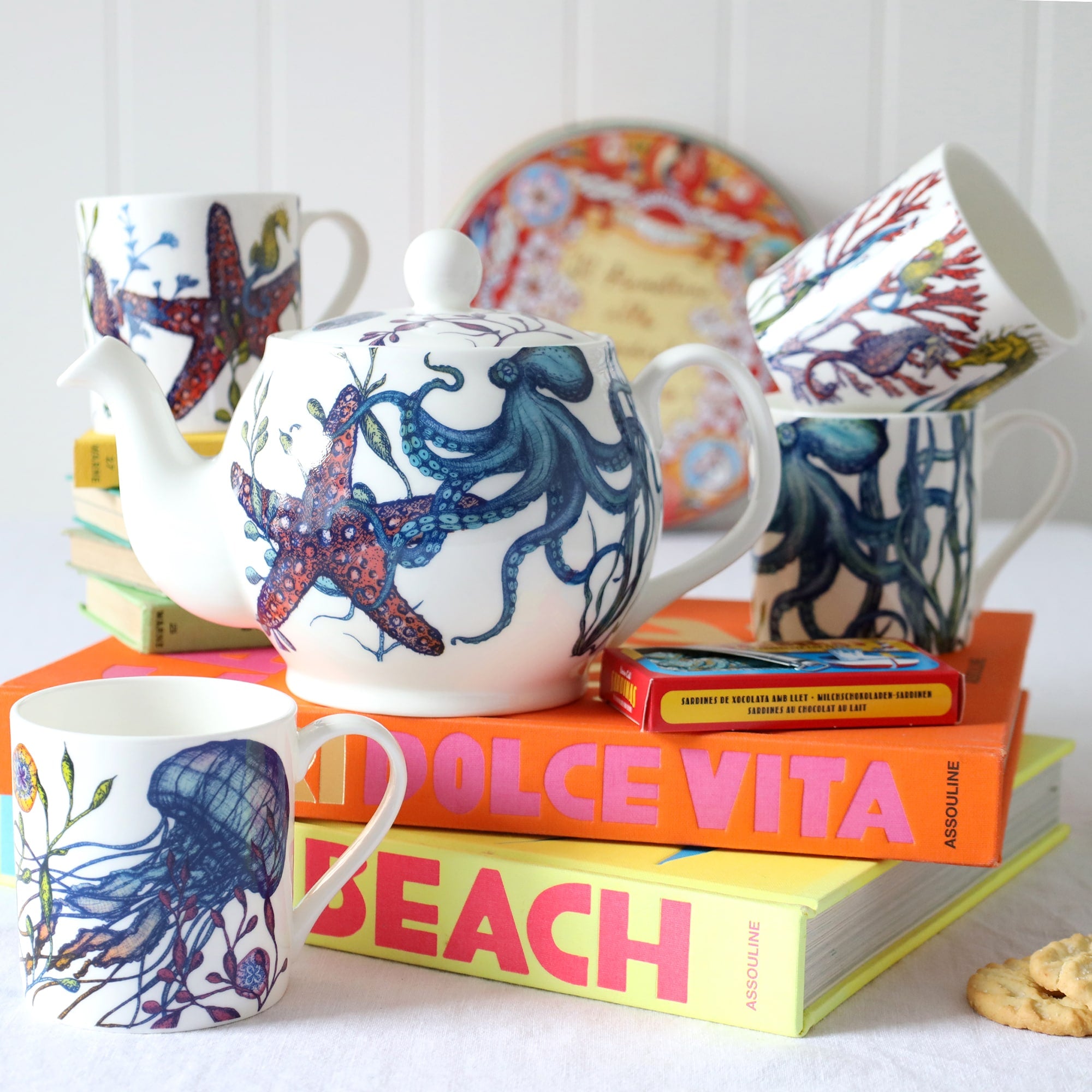
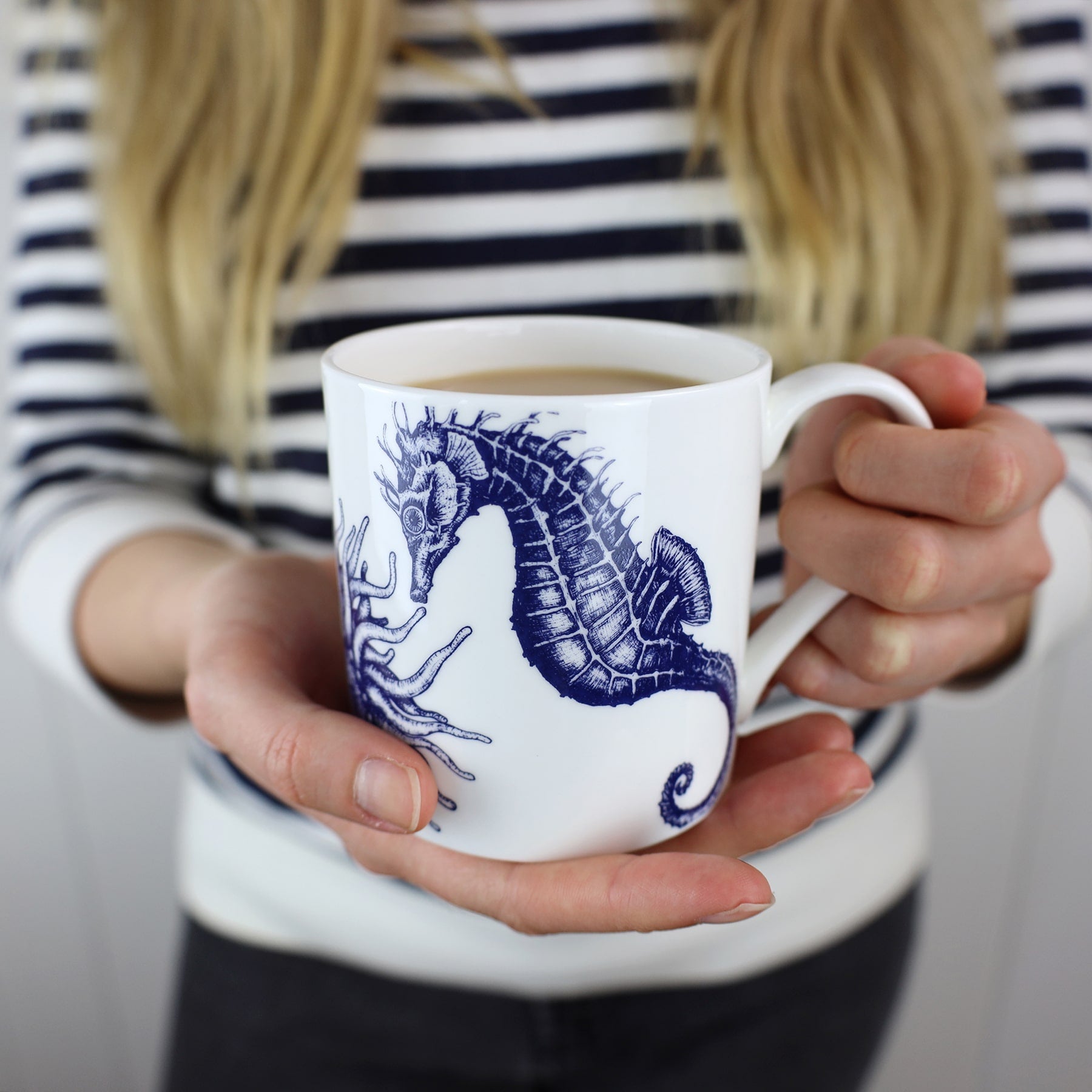
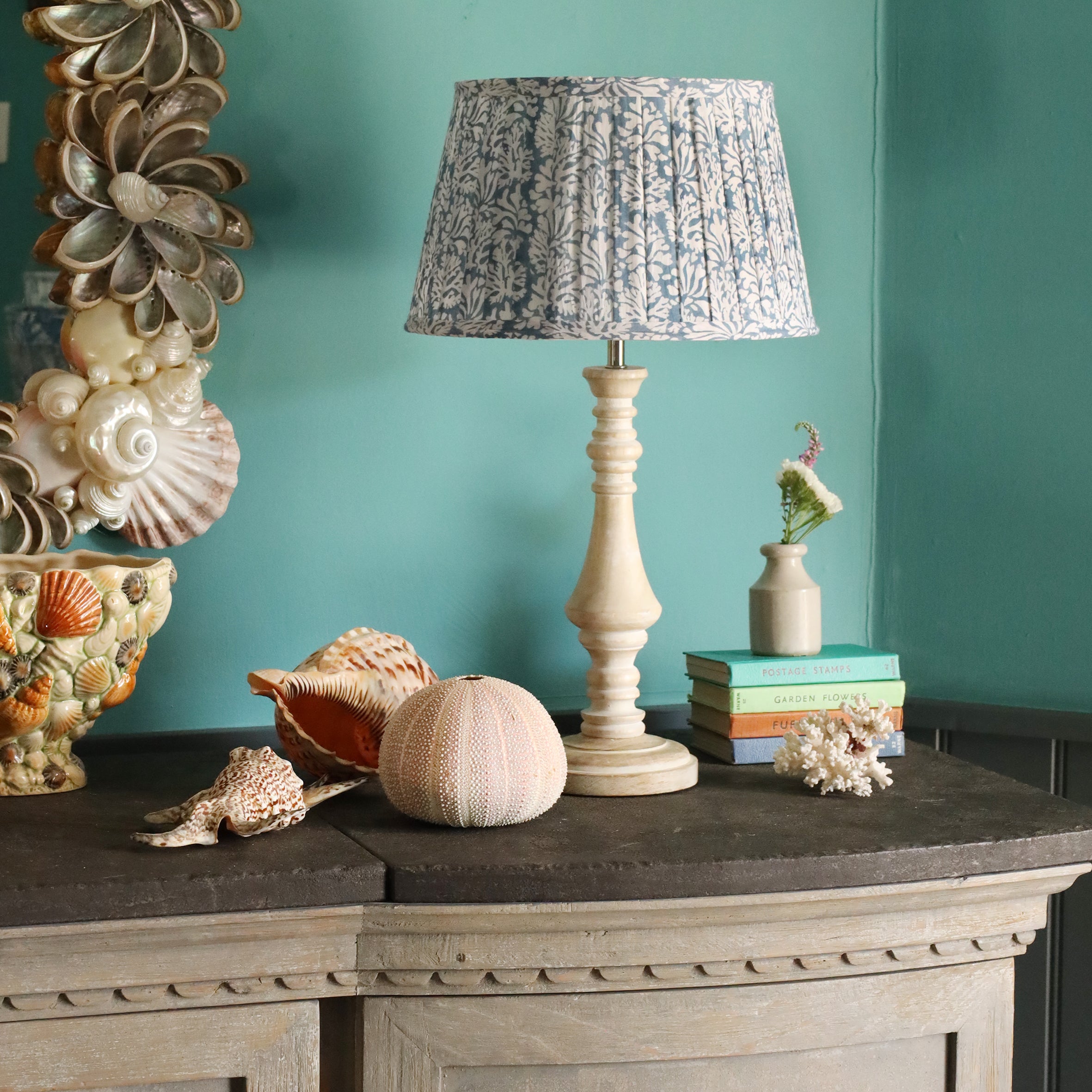
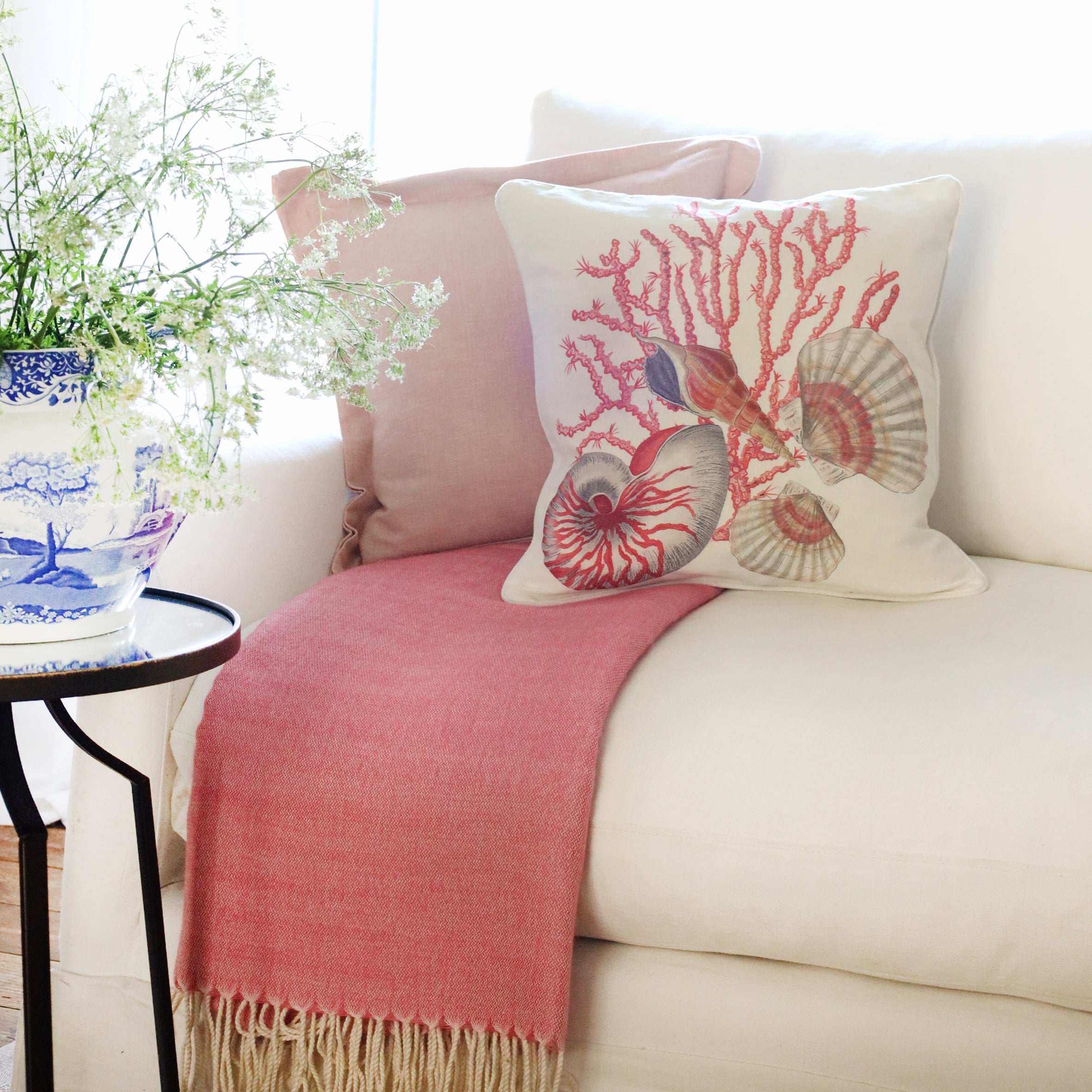
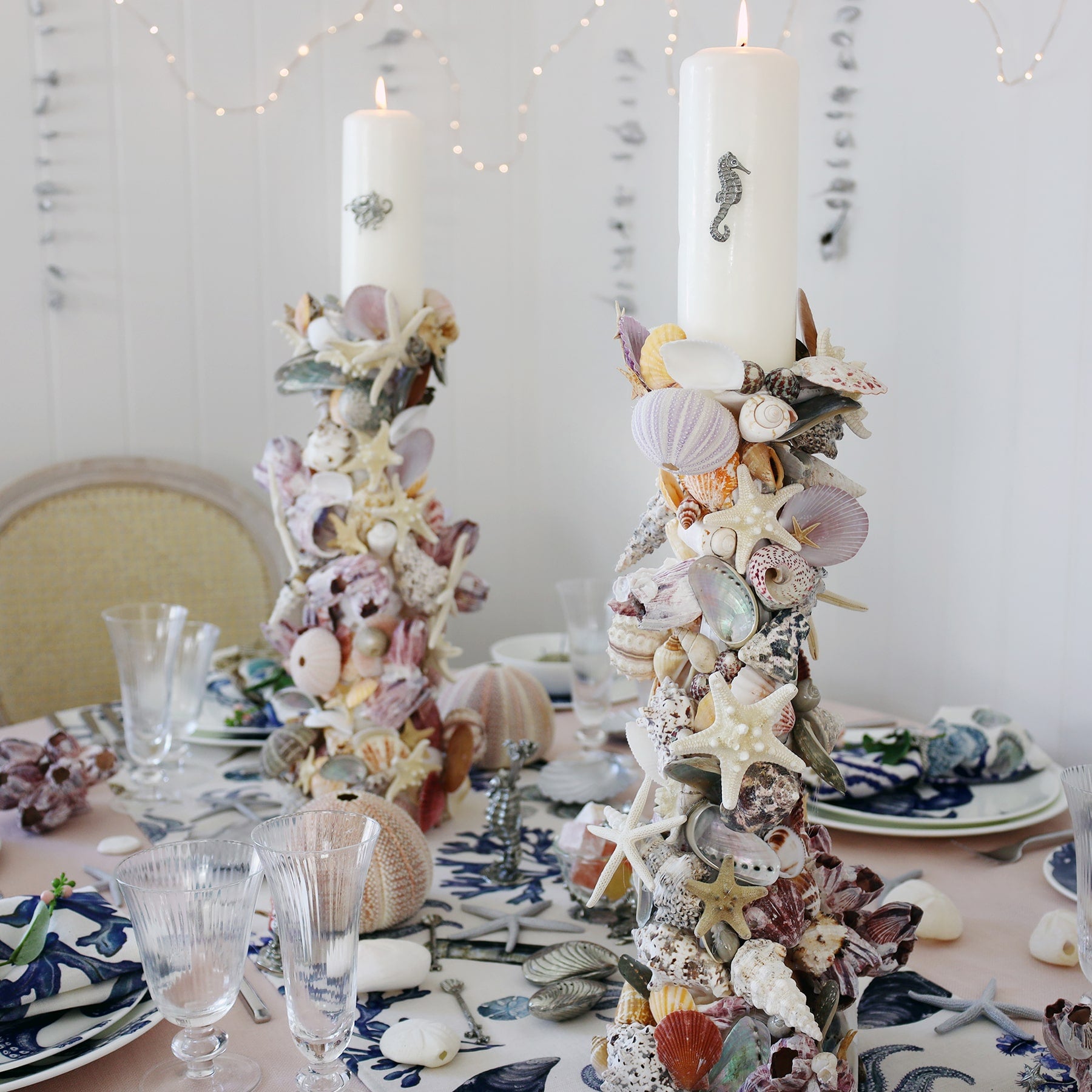
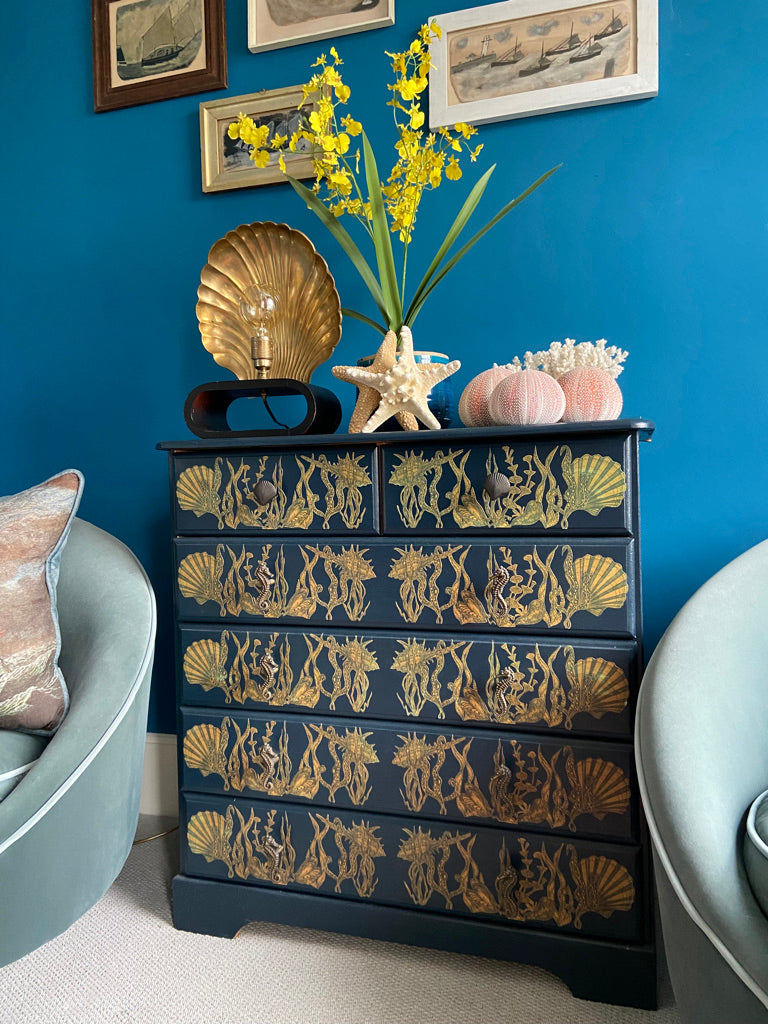
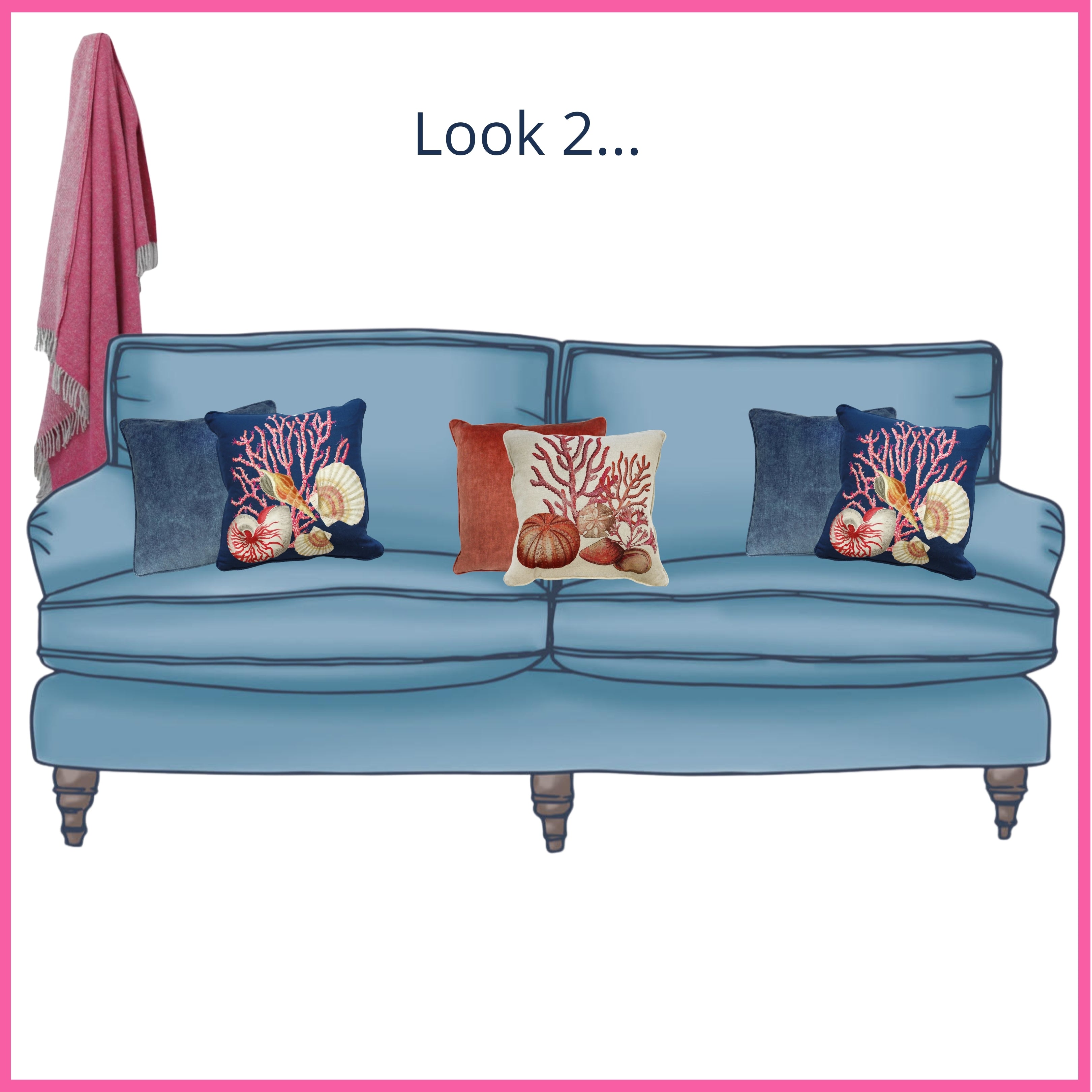

Leave a comment
This site is protected by hCaptcha and the hCaptcha Privacy Policy and Terms of Service apply.